Breast Cancer Awareness is upon us. Not only because it’s October, but it’s getting more exposure in the media than ever. All the campaigns, events, walks, commercials, it’s everywhere for the sake of education, prevention, early detection and finding the cures.
Participate, DONATE, Walk or Get involved:
Thanks to increased awareness in the U.S., screening and better treatment options have radically improved the once fearful death sentence of a breast cancer diagnosis. Remember to do your self breast exam monthly. Go to www.earlydetectionplan.org/
Today, because it is understood that cancers are not just one type of cell, treatments can include surgery, radiation therapy, chemotherapy and anti-estrogen therapy or combinations of these therapies specific to each diagnosis.
Another important milestone in the treatment of breast cancer back in 1976, was when the American Cancer Society first started recommending mammography for early detection of cancer in women and with regular mammograms and self-exams can result in catching cancer development in an earlier stage, keeping survival rates high.
Many women are aware that chances of having breast cancer in a person’s lifetime increases (almost doubles) if they have a first degree relative with the disease, but screening is important for everyone. Stats show nearly 85% of new cases have no history of breast cancer in their families and a person’s age can affect the severity of the disease. In elderly women( those 55 and older) cancers are more likely to be invasive than it is in younger women.


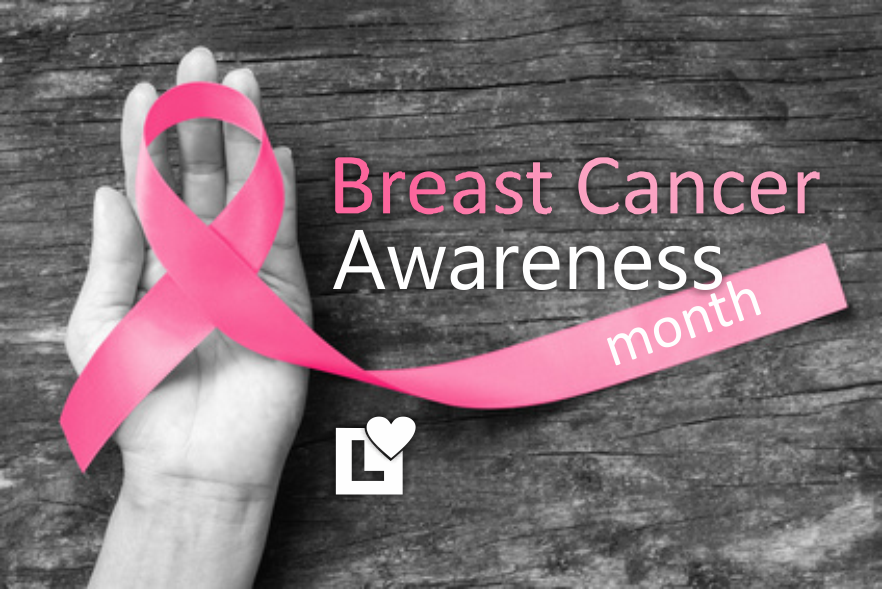

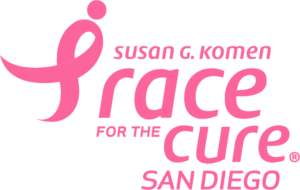


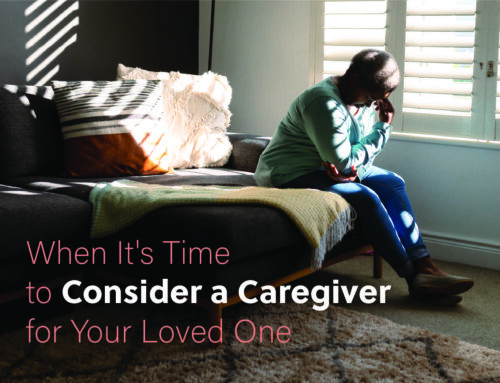
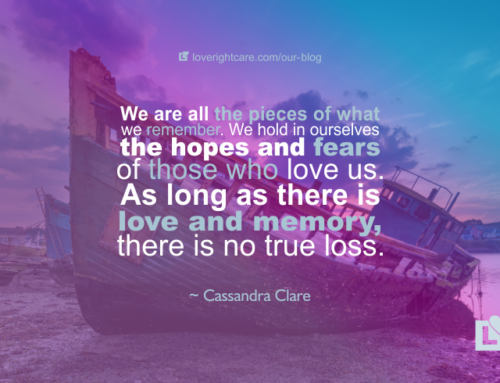

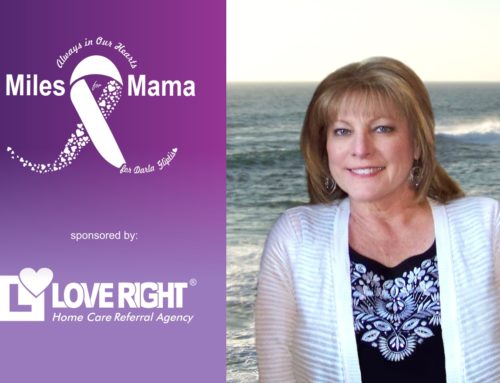
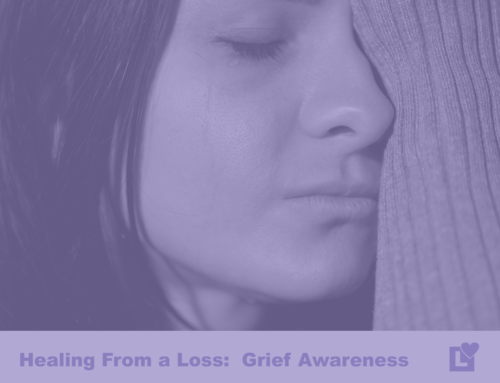
Leave A Comment